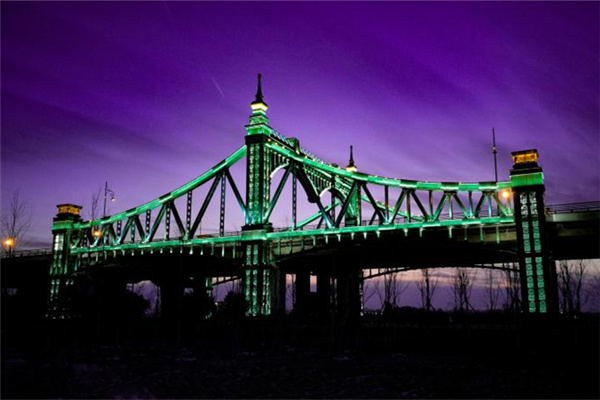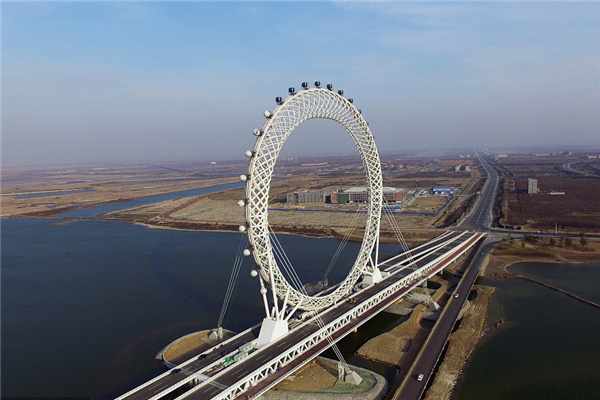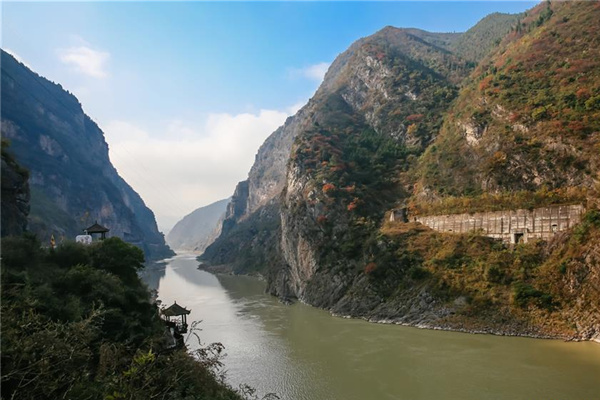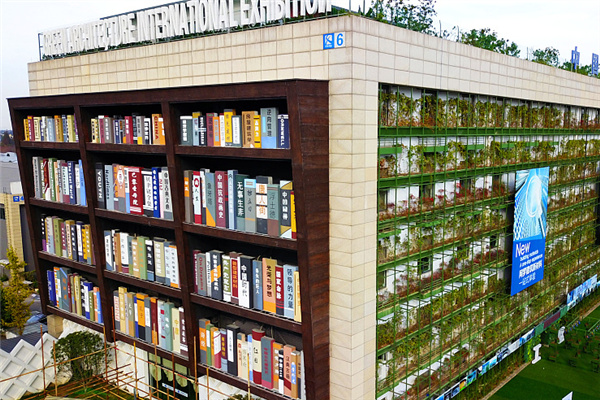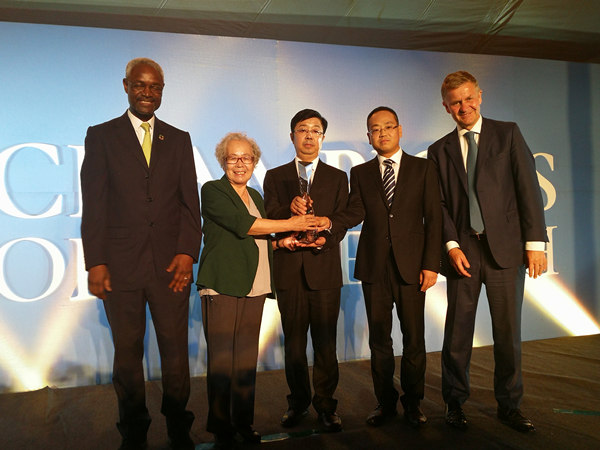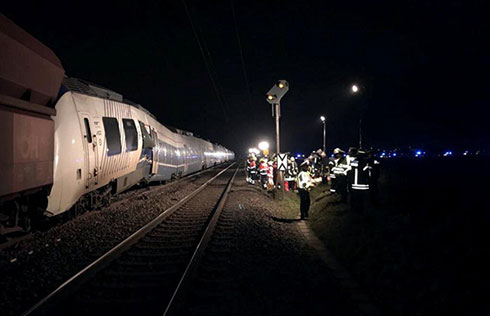

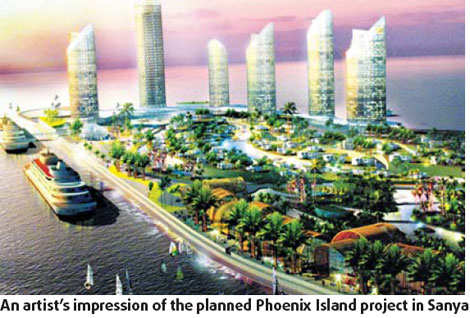
"For many years, though I've looked at that tiny island from different perspectives, I haven't noticed any major changes," a taxi driver surnamed Zhang says in Sanya, in China's southernmost province Hainan.
The small island the cabbie refers to is Phoenix Island, the largest artificial island in China.
"I once was excited at the sight of international ocean liners arriving there in 2006, because sometimes the passengers paid me in US dollars or euros," Zhang continues. "But the island seems to have been forgotten, though supposedly a seven-star hotel will be built there in about five years."
Phoenix Island is 1,250 meters long and 365 meters wide, covering an area of about 365,000 square meters. A 394-meter bridge over the sea connects the island with downtown Sanya. The climate there is agreeable with an average temperature of 25 C year round.
Based on these natural advantages, Phoenix Island was once expected to become a Chinese quasi-Dubai, famous for international tourism, business, and luxury shopping and dining. However, due to a lack of experience and funds and because of complicated approval procedures, development of Phoenix Island has been sluggish for the past 12 years since the project was first authorized in 1996.
But like its namesake, Phoenix Island is striving for a rebirth from the ashes.
Besides the first seven-star hotel in China and three harbors for international ocean liners, another five major planned projects are five apartment complexes, 47 seaside villas, luxury stores, 300 berths for international yachts and an Olympic theme square. The total package could cost more than 3 billion yuan.
However, many Chinese investors, especially private ones, are reluctant to invest in the dream and development has been starved for capital since the very beginning.
"Value in Phoenix Island hasn't shown up until this year. Many business opportunities cannot be foreseen in 2006 or earlier," says a senior manager of the Phoenix Island Investment Company, explaining why investors have been skittish.
"We have already started construction of five apartment buildings in the island, which are due for topping off in October this year," says a public relations manager of the apartment development company. "The current price for seaside apartment buildings is around 20,000 yuan per square meters. I think the price of our buildings will be much higher at that time. The company is confident about the future."
But once for a long time the future of Phoenix Island was unclear.
It is not only China's largest artificial island, it's also the first and there was no model to follow. Thus ideas about how to develop the concept changed frequently from the beginning.
The original idea by Sanya municipal government in 2002 was to build the island as an international harbor for ocean liners. Therefore, the first 100,000-ton-level harbor in China was built at a cost of 2 billion yuan and is currently in use.
But it's the only project there that has run smoothly from concept to completion.
In 2005 however, dreams for the island began to change and it was envisioned as an international tourist destination that never slept.
A harbor or a tourist island? The answer to the question as well as other planning details weren't clear until August last year after 21 amendments and 12 formal and informal analysis reports from the government and related experts.
"Planning uncertainty of Phoenix Island further fuels the hesitation of investors," some experts said at the time.
Inexperience in building an artificial island is the third factor that has slowed development. After 1996 when the project was formally envisioned, four years were spent deciding how large Phoenix Island should be.
After considering hydrology, climate, environment and other factors, the size of Phoenix Island was adjusted from 1,200 mu (80 hectares) to 548 mu (36 hectares) in September 2000.
Other factors were also time-consuming. For example, environmental considerations halted construction from April 2003-June 2004 in order to not damage the live coral in the area.
In addition, meetings by experts to analyze the island's progress also consume two months a year, a time when construction is also stalled.
"Many investors have run out of patience in exploring the artificial island and withdrew their investments halfway through the project," says an official with the Investment Promotion Office of Hainan province. "And every time investors change, a new term of proof and approval procedures begins and the development planning changes."
Rebirth of Phoenix Island is still faced with many challenges but a focused vision that has come from the many hard lessons is beginning to emerge.
"Besides additional capital, a set of mature and efficient approval procedures and supervision systems should be established to avoid weak or redundant investment," says Zhu Huayou, deputy director of National Institute for South China Sea Studies. "As long as a series of rules are made clear, the development of Phoenix Island can run smoothly, and this will also set an example for other coastal provinces exploring the idea of artificial islands in the future."
CBW News
(China Daily 08/18/2008 page10)
